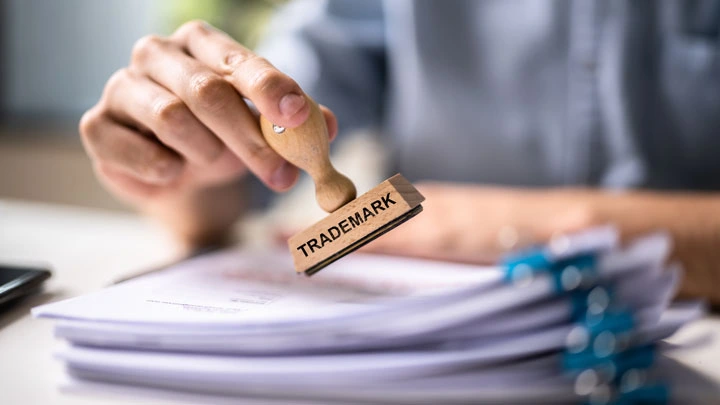
Malaysia joined Madrid Protocol – The International Trademark System – on 27 December 2019. Let’s review how the system can benefit trademark owners.
BACKGROUND
Before 27 December 2019, there was only one way for trademark owners to apply for a new mark in Malaysia, that is, by filing an application nationally and directly with the Intellectual Property Corporation of Malaysia (MyIPO).
Now, trademark owners have another option, filing the application using the Madrid Protocol System.
A foreign applicant with an application or registration in his home country or elsewhere who would like to seek trademark protection in Malaysia, may file an International Registration designating Malaysia. It is now possible for an applicant with an existing International Registration who could not include Malaysia earlier, to add Malaysia as a subsequent designation.
A Malaysian applicant can now file an international application through MyIPO designating multiple countries simultaneously.
As of 09 June 2022, there are 128 countries (112 members) in the Madrid Protocol System including among others, USA, China, the European Union, United Kingdom, Japan, South Korea, India, all ASEAN countries (except Myanmar), Australia, United Arab Emirates. The member countries represent more than 80% of world trade. Membership is expected to increase in the future.
ADVANTAGES
Easy to Manage
Trademark owners may file just one application to apply for trademark protection in multiple countries simultaneously. They need to hire one agent and pay application fees once rather than separate fees for each country through various agents.
Assignment and other ownership changes may be filed with one central office, and once processed will take effect in all designated countries.
For trademark renewal, there is only one due date to be monitored.
Surely it is much easier to manage one trademark registration rather than multiple registrations in multiple countries.
Flexible
Trademark owners may subsequently designate other countries to the existing international registration. They can work around their objective and budget, to choose the countries they wish to designate. It would be possible to expand the geographical scope of an international registration later by designating more countries to the existing international registration. Although subsequently designated, the new country will follow the same life-cycle for renewal purposes.
Save Cost
One very obvious advantage for trademark owners of using the Madrid Protocol System would be the relatively lower cost. Previously, without the System, trademark owners would have had to hire an agent in each country to file and manage each respective application. For filing in ten countries, you can imagine the cost!
In the business world, trademark owners will find all possible ways to keep costs at a minimum. Therefore, filing an international application through the Madrid Protocol System is surely a smart and cost-efficient option.
The Madrid Fee Calculator (https://madrid.wipo.int/feecalcapp/) can easily help estimate the total cost.
Convenient
Just imagine a trademark owner wanting to register a new mark in ten countries. He probably has to deal with ten different national agents and incur the expense of ten different sets of application fees. Under the Madrid Protocol System, he can conveniently through one locally appointed agent file just one application designating the ten countries.
This way, trademark owners will find it convenient to avoid dealing with many agents in many countries; and compliance of national filing requirements will be reduced to a certain extent. For instance, fewer documents will be required for the initial filing formalities. Thus, the process of application is greatly simplified.
DISADVANTAGES
Highly Dependent on Basic Mark
The international registration mirrors the basic mark. If the basic mark fails to get registration or its protection is cancelled within the first five years of the date of international registration, the basic mark will have an impact on the international registration. This is called ‘Central Attack’. If the basic mark is refused, withdrawn or cancelled, the international registration will face the same outcome.
However, there is always a way to solve a problem. If the Central Attack is successful and the trademark owners would still like to maintain their international registration, they may use ‘Transformation’ to break down the application into a series of national applications in each designated country or jurisdiction, but they must be prepared for a higher cost with this option.
Not Flexible in Terms of Protection
Since the trademark owners have to use more or less the same details (mark, applicant, goods and services) to file international registration via the Madrid Protocol System for multiple countries, they will not have the flexibility to vary the details in any one of the designated countries.
When the trademark owner applies for the same mark in multiple countries, it will be very rare for that one mark to be accepted everywhere unless it is unquestionably distinctive.
If the basic mark is a strong distinctive mark registered with broad specifications of goods and services, then this may not be an issue as it is possible to limit the specifications in any designated country.
If a mark is used with variation in different countries, then the trademark owners may have no choice but to file for separate national applications.
We can see that there are more advantages than disadvantages in using the Madrid Protocol System. Trademark owners will find it a convenient means to manage their trademark portfolio, not to mention it being more cost- and time-efficient. The fact remains however, that trademark owners must decide on what is best for them according to their own business plans and needs.



